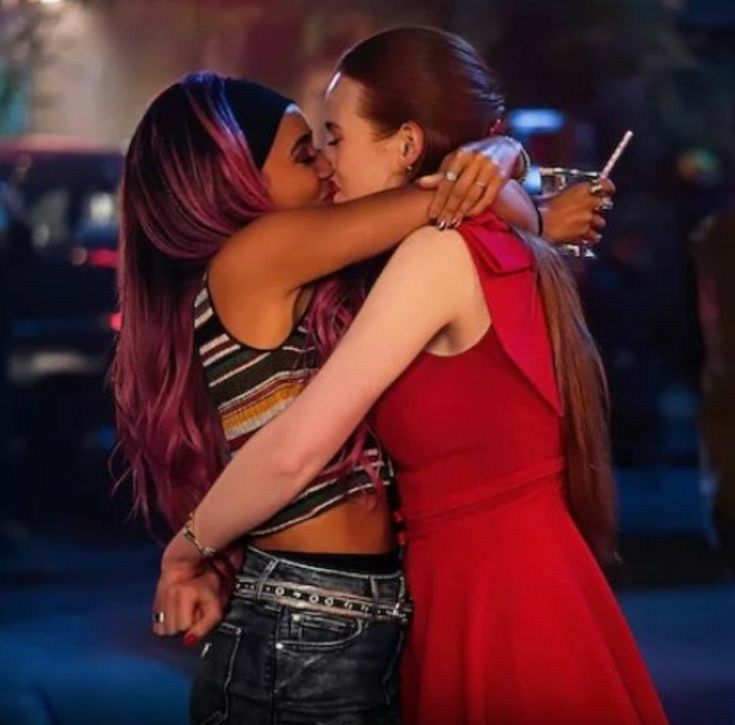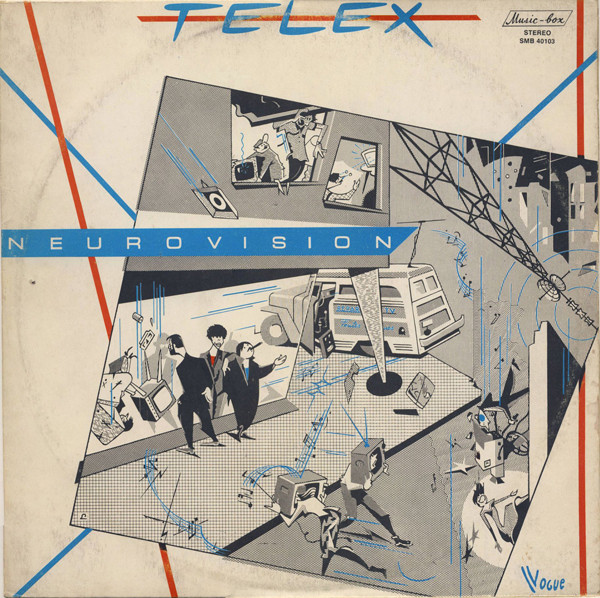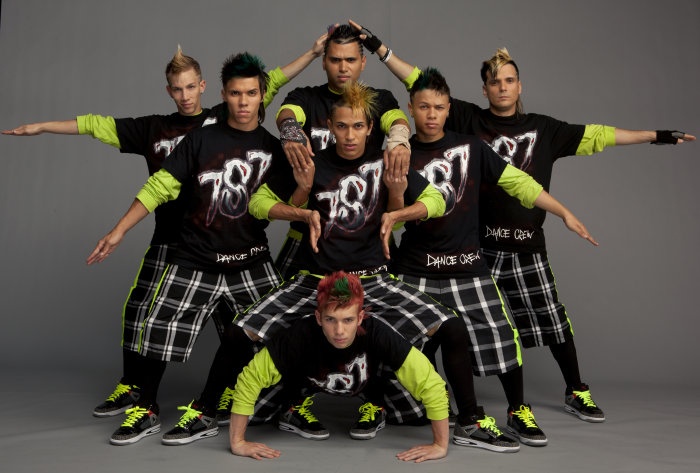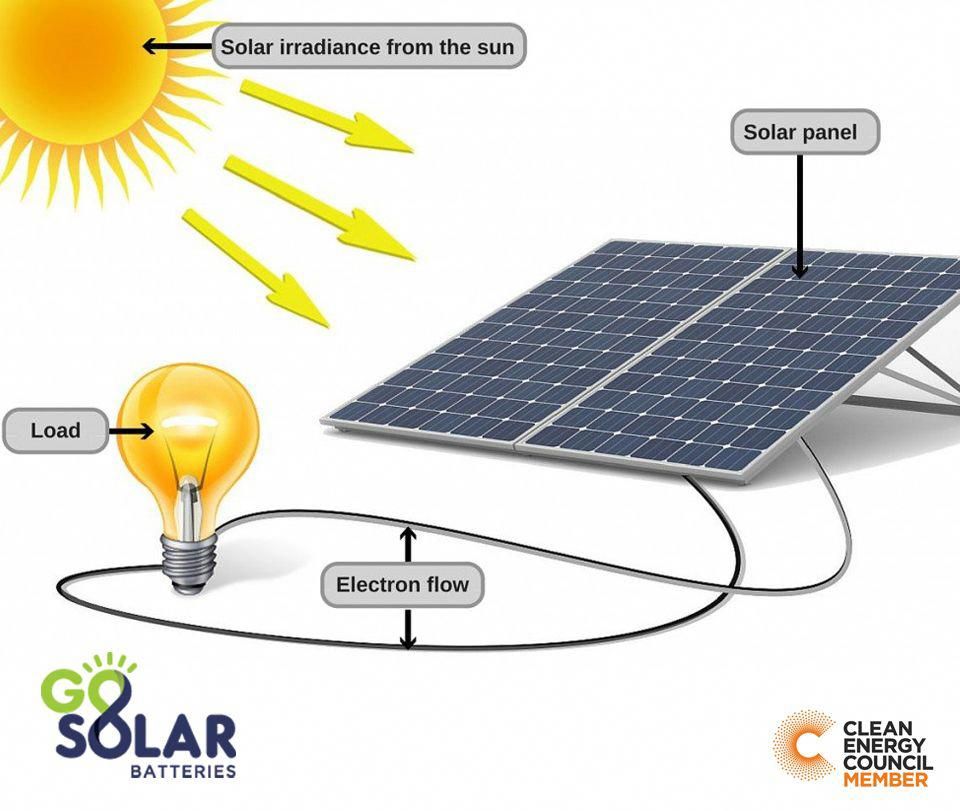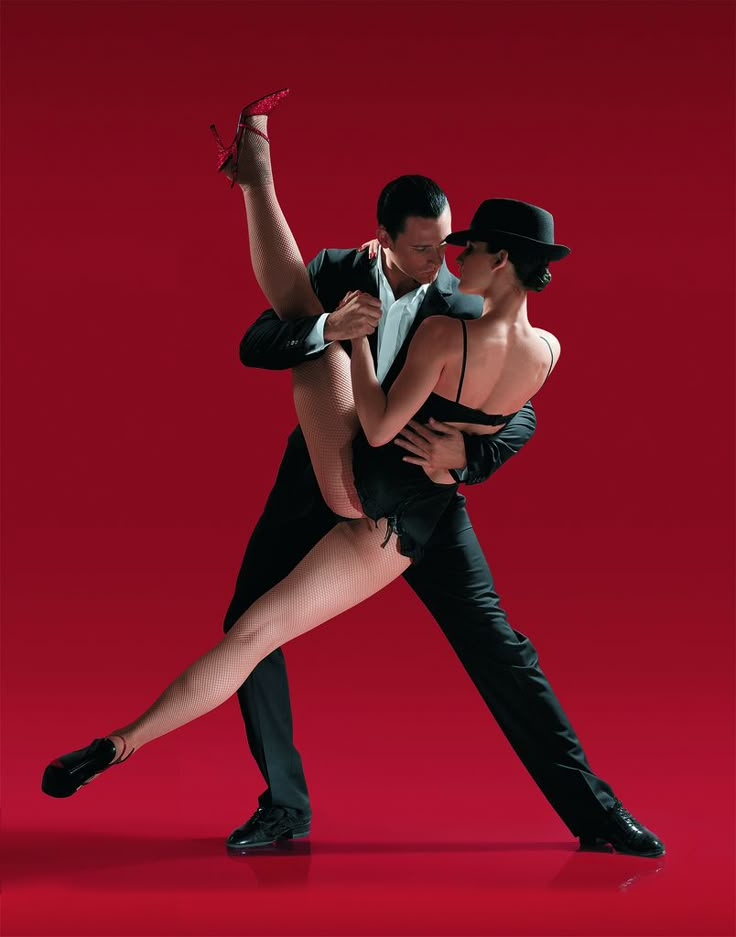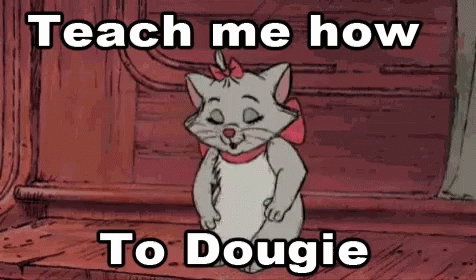How to photograph dancers
Dance Photography (How to Shoot Beautiful Dance Portraits)
By Taya IvanovaA- A+
Download as PDF
Subscribe Below to Download the Article Immediately
You can also select your interests for free access to our premium training:
Business Basics
Cheat Sheets
Child Photography
Colorful Cityscapes
Composition
Creative Photography
Creative Portrait Concepts
Digital Photo Collages
Fairytale Portrait Photography
Food Photography
Interior Photography
Landscape Editing
Landscape Photography
Lightroom Processing
Lightroom Presets
Long Exposure
Macro Photography
Milky Way Photography
My Camera and Photography
Organic Marketing
Pets
Product Photography
Sky Photography
Social Media
Still Life
Time-Lapse Photography
Travel Photography
Urban Photography
Wildlife Photography
Your privacy is safe.Dance photography is a fascinating genre that can turn even the simplest movements into art.
Here are 14 tips to help you easily capture the beauty of any dancing style.
14. Get to Know the Dancer(s)
Dancing is often very expressive and intimate. This is why it’s important for you and your model to feel comfortable together.One of the best ways to understand someone is to talk to them about their passion.
Instead of blindly going into a photoshoot, find out who your model is and why they love dancing. Let them know why you’re interested in dance photography, too.
Once you get to know each other, you’ll feel more relaxed and confident during your session.
This will allow you to make mistakes without feeling embarrassed. And it will give you enough room to experiment with different concepts.
13. Familiarise Yourself With the Dance Style
What type of dance are you going to photograph? If you answer this question in detail before your photo shoot, you’ll be able to predict your model’s movements and adjust your camera settings accordingly.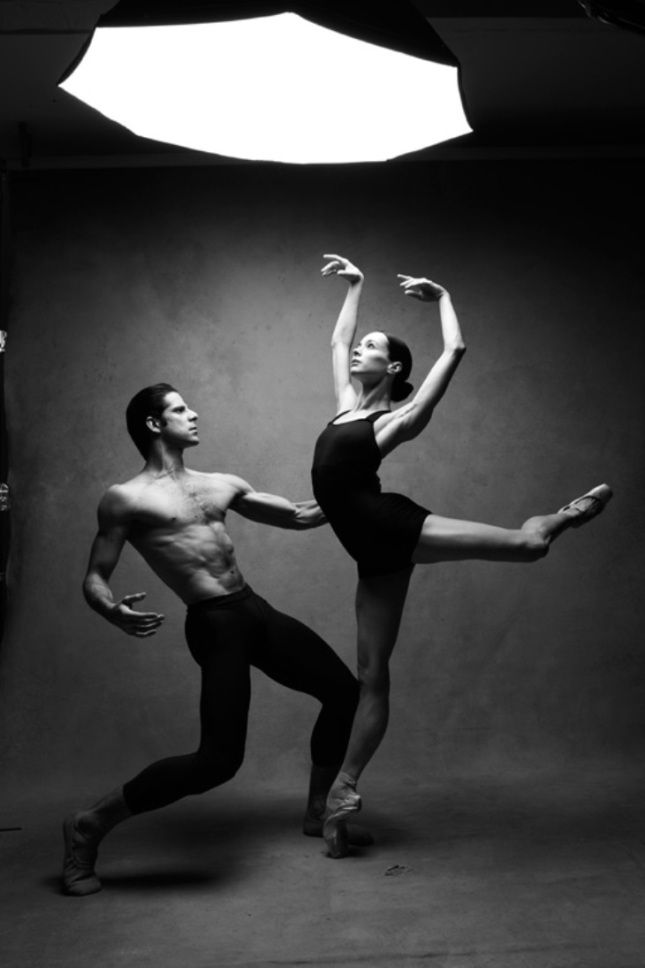
For example, if you want to get better at dance recital photography, you might want to use a wide-angle lens to take wider photos. If you want to take interesting close-ups while your model is dancing, you might need a zoom lens.
If you’ve never photographed a specific dance style before, watch a few videos or talk to the dance company before your shoot.
The more you know, the easier it will be for you to come up with cool ideas. These will not only impress your models but also put a spotlight on your skills.
12. Make Sure Your Models Know They’re Being Photographed
No, this doesn’t mean you have to shout at them as you quickly press the shutter. They just have to know that someone is going to take pictures of them as they dance.
Dance photography is quite similar to street photography when it comes to permission. If you’re going to photograph a group of strangers, you’ll have to get their permission first.
This will be easy to achieve if you work with a dance instructor who can inform the dancers about your presence. It won’t be as easy if you stumble upon a random group of dancers outdoors.
It won’t be as easy if you stumble upon a random group of dancers outdoors.
If you just want to practice, you can freely photograph strangers. But you have to be careful when it comes to online sharing and selling.
To avoid unwanted confrontation, get to know a few basic street photography laws.
11. Use a Tripod to Avoid Camera Shake
You might be tempted to move your camera around all the time to get the perfect shot of a dancer’s graceful movements. This might confuse or frustrate you, especially during a fast-paced dance event.
To avoid unnecessary stress and camera shake, use a tripod. By limiting your movements, you’ll be able to make the most of the compositions in front of you.
A tripod will also help you take beautiful long exposure photos (you’ll find out more about this topic soon) that will fill your gallery with diversity and surrealism.
10. But Don’t Take Photos from One Angle All the Time
One of the best things about dance photography is that it doesn’t have to be photographed a specific way.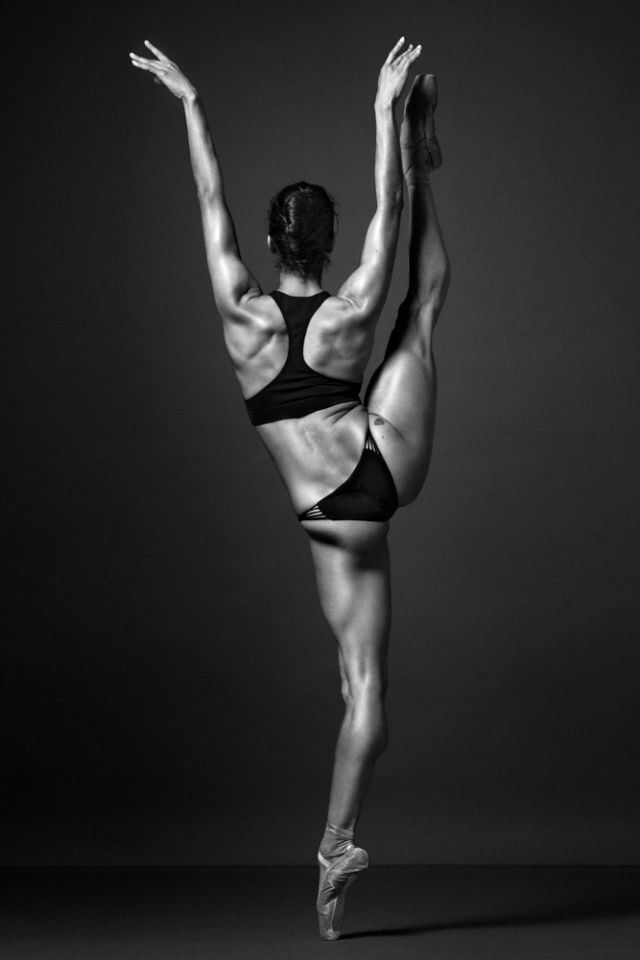 If the situation allows, take photos from the ground. This will create a blurred foreground and naturally lead viewers’ eyes to your dancer.
If the situation allows, take photos from the ground. This will create a blurred foreground and naturally lead viewers’ eyes to your dancer.If you constantly shoot from a standing or sitting point of view, your photos will look dull. You can easily change this by shooting from different angles.
If you want to make your photos stand out even more, create depth using foregrounds. For example, if you photograph a dancer through a fence, you’ll add both texture and depth to your photo.
Don’t be afraid of experimenting with different objects and foregrounds. The more you practice, the more interesting your compositions will look.
9. Shoot on a Real Stage
Stage lights are perfect for taking atmospheric dance photos.If your model spends a lot of time on a stage, take photos there!
A stage already has all the equipment you need to photograph professional dancers. The black background will put the focus on your dancer and the natural or artificial light will create a photo-worthy atmosphere.
All you’ll need to do is focus on your dancer and your camera settings.
In addition to providing you with tools, a stage will make your model feel at home. This will enable them to feel more confident and powerful in front of your camera.
8. Use Long Exposure to Elegantly Track Movements
In some photography genres, sharpness is a priority. When it comes to good dance photographs, this isn’t always the case.
Long exposure is often used in landscape photography to emphasise certain movements, like running water or a windswept tree.
Dance photographers can use it in a similar way to photograph body movements. This is why it’s worth memorising the various guidelines of long exposure.
7. Use Dramatic Lighting
Dancers don’t always have to be photographed outdoors or on a stage. You can use simple locations with dramatic lighting to take unique photos of your models.
An empty white room with window blinds on a sunny day, a roof during the golden hour, and a dance studio with artificial light.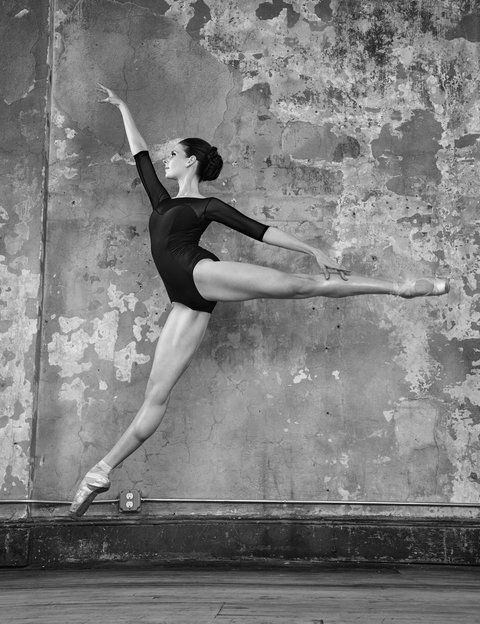 These can all be used to create dramatic compositions that emphasise the dancer’s movements.
These can all be used to create dramatic compositions that emphasise the dancer’s movements.
6. Take Photos at Dancing Events
Not sure what kind of dancers you want to photograph? You can introduce yourself to different dance styles by taking photos at events or recitals.
Once you get permission to photograph the dancers, you can significantly improve your knowledge of dance, portrait, and even candid photography.
Even a couple of hours at a recital will expose you to different styles, movements, and lighting situations. Use this opportunity to experiment with different angles, fast shutter speeds, and apertures.
All of this exposure will give you a better idea of the type of dance photography you should pursue. It will also teach you how to make the most of a busy setting.
5. Use a Large Aperture to Separate the Dancer from the Background
The photographer used a large aperture to separate the ballerina from the busy city background. If the aperture were smaller, the model’s outfit, pose, and expression wouldn’t stand out.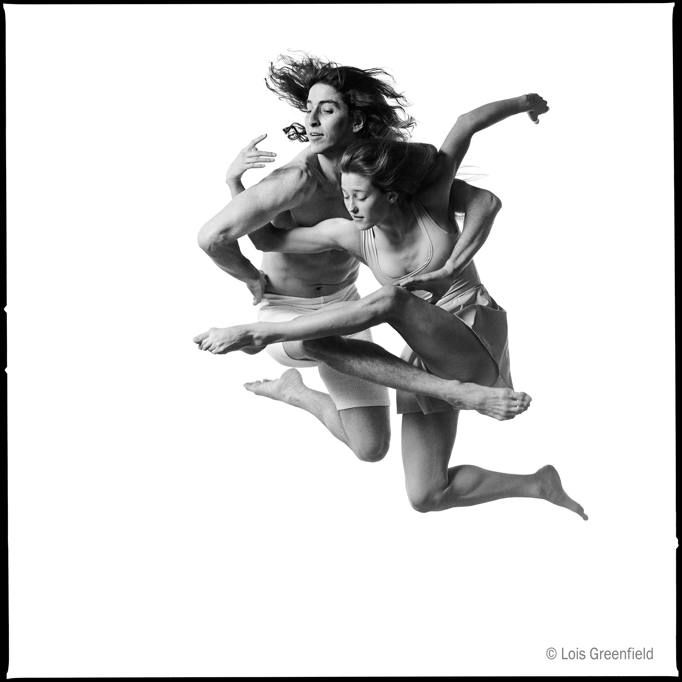
Dancers aren’t always surrounded by beautiful backgrounds. Sometimes, they’re surrounded by curious strangers, unflattering buildings, or a street full of cars.
All of these distractions can make it difficult to focus solely on one subject. Photography projects showcasing ballet dancers in urban settings are popular still.
If you can’t move to another location, you can separate your subject from their background by using a large aperture. A large aperture, also known as a small f-number, will add more depth to your photos. Examples of a large aperture are f/1.2 and f/2.8.
The larger your aperture, the blurrier your background will be. However, this might stop you from taking sharp photos.
If your aperture is too small, you might find it difficult to focus on specific parts of your model’s face. A relatively large aperture, such as f/2.0, will blur your backgrounds but also let you take sharp photos.
4. Focus on Details to Tell a Story
Diptychs can be used to create contrast, emphasise details, or simply tell a meaningful story.
Details are just as important as the big picture in any photography genre. Even though wide shots are what make dance photography beautiful, they need to have a story to be meaningful.
Details can add depth, texture, and emotion to your photos. You can use them to create diptychs, which are collages that consist of two photos.
You can also include them in a set of photos inspired by the dancer(s) you’re working with.
3. Take Photos in Vibrant Places
A carousel isn’t usually associated with dance. But it was the perfect location choice for this vibrant photograph. If you want to take unique photos, be open to finding potential in unusual places.Overly vibrant locations can take the spotlight away from your subject. However, if used correctly, they can dramatically enhance your compositions.
No matter what location you shoot in, make sure you use a large aperture to separate the dancer from their background.
The larger your aperture, the larger the background bokeh will be.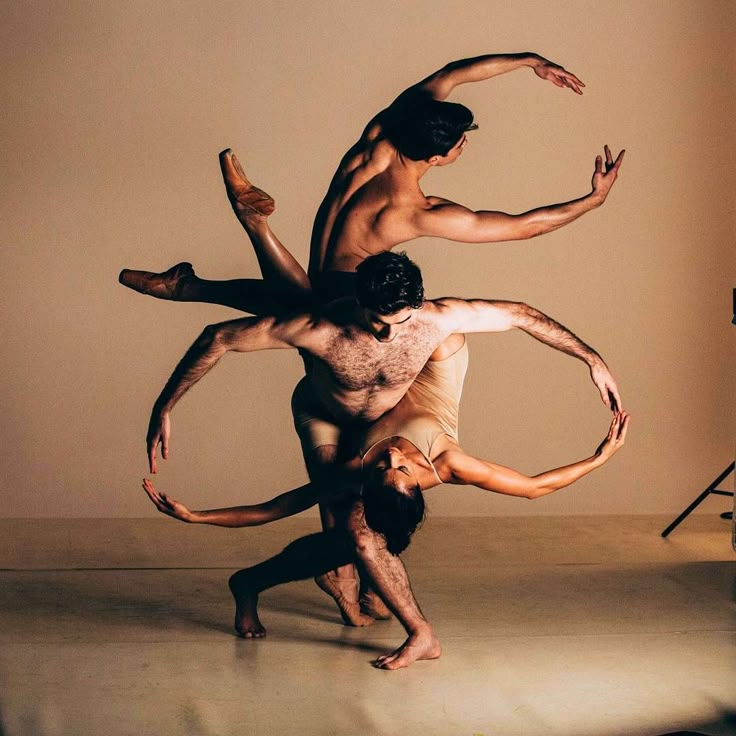 This will make it easy for you to blur out almost any background distraction.
This will make it easy for you to blur out almost any background distraction.
With the right amount of blur, you’ll be able to photograph your dancer in front of fantastic locations like carousels, cityscapes, and neon lights.
2. Photograph Multiple Dancers from Above
If you have to photograph multiple dancers, you can create symmetrical compositions by taking photos from above.
This is easiest to do in a dance theatre or any location with an indoor balcony.
This unique perspective will allow you to play around with different concepts and outfits, like the rainbow umbrellas in the photo above.
1. Take Surreal Photos of Dancers With Flour
Flour dance photography is a sub-genre that involves a lot of messiness and surrealism. You’ll need the following things to have a successful flour photo shoot:
- A black backdrop to highlight the whiteness of the flour,
- Lots of flour,
- Any kind of material to protect objects that shouldn’t be covered in flour,
- A fan or large window to prevent suffocation,
- A mop to clean everything up at the end of your photo shoot,
- A clean set of clothes for you and your model.
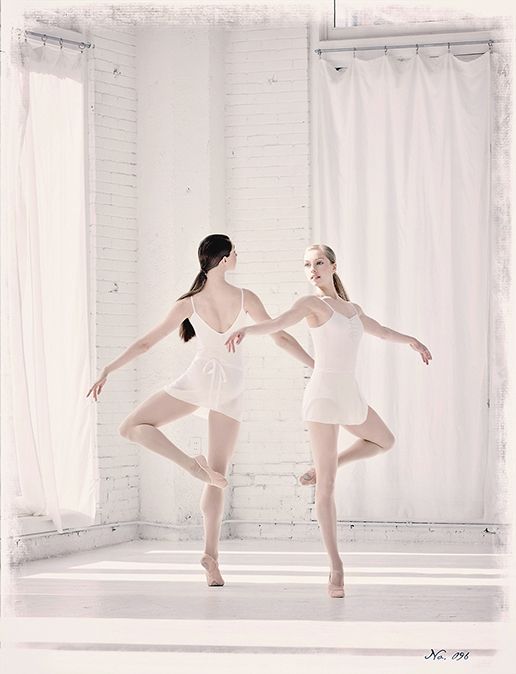
If you need some ideas or inspiration, check out Derrick Senior’s flour portraits.
Conclusion
Dancing is freeing, vibrant, and eye-opening. You can use it to take photos that are just as emotional as your models.
With the right amount of practice, you’ll be able to photograph all kinds of dance styles, capture true joy, and take your photography skills to the next level.
If you’re looking for ideas to get started with dance photography, try a ballerina project.
Or call up your local dance company to see if they’re interested in some great dance photos. It’ll be good practise for you even if it’s unpaid!
Camera Settings for Dance Photography
Camera Settings for Dance Photography
Do you like dance? Would you like to learn how to photograph dance and create breathtaking images? Then you came to the right place! Today we are talking about camera settings for dance photography.
To me, dance photography is the same as portraiture but in action.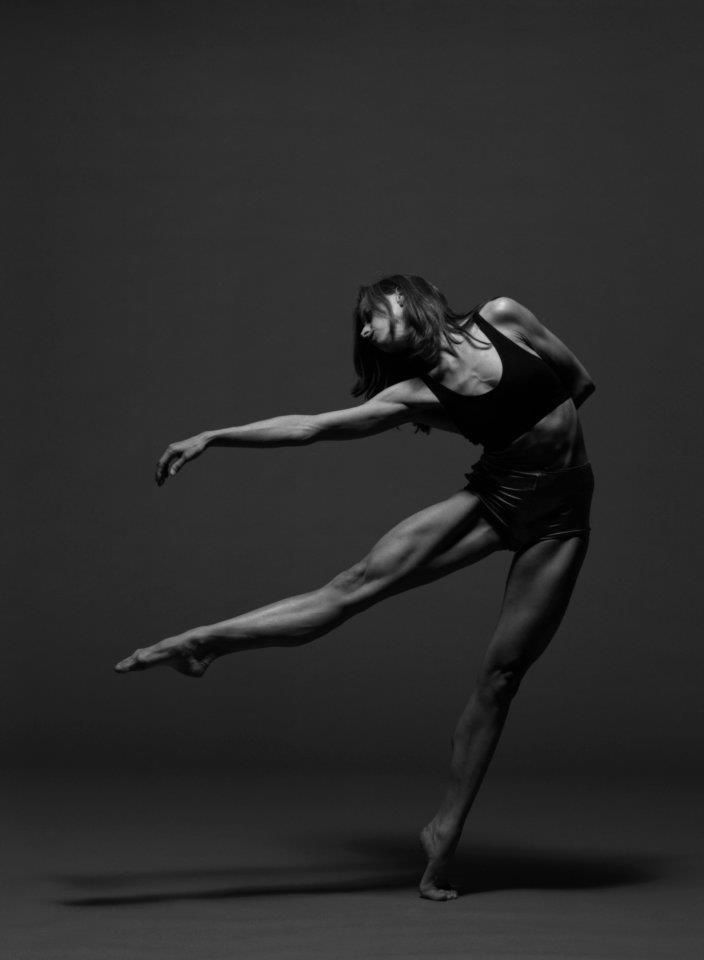 It can be challenging, especially if you are a perfectionist like me. (A random hair in the face, awkward facial expression or any other little detail that feels a bit off, makes me retake an image again and again.)
It can be challenging, especially if you are a perfectionist like me. (A random hair in the face, awkward facial expression or any other little detail that feels a bit off, makes me retake an image again and again.)
In this little tutorial we will focus on the technical aspect of photographing dance, which is camera settings. Let’s put aside composing your outdoor dance photos, posing dancers for photos, and timing when to press the shutter, as to me it’s a skill that takes time and a lot of practice. Also don’t forget about patience!
Let’s go!
If you’re still shooting in AUTO, please stop. You’re limiting your creativity enormously. Don’t hand over all of your creative power to your camera and it’s limitations.
Be in control of every photo you take, use MANUAL! Add your personality and style to your RAWS!
SHUTTER SPEEDWhen I was starting out photographing dance the hardest thing was figuring out the right shutter speed for each and every movement.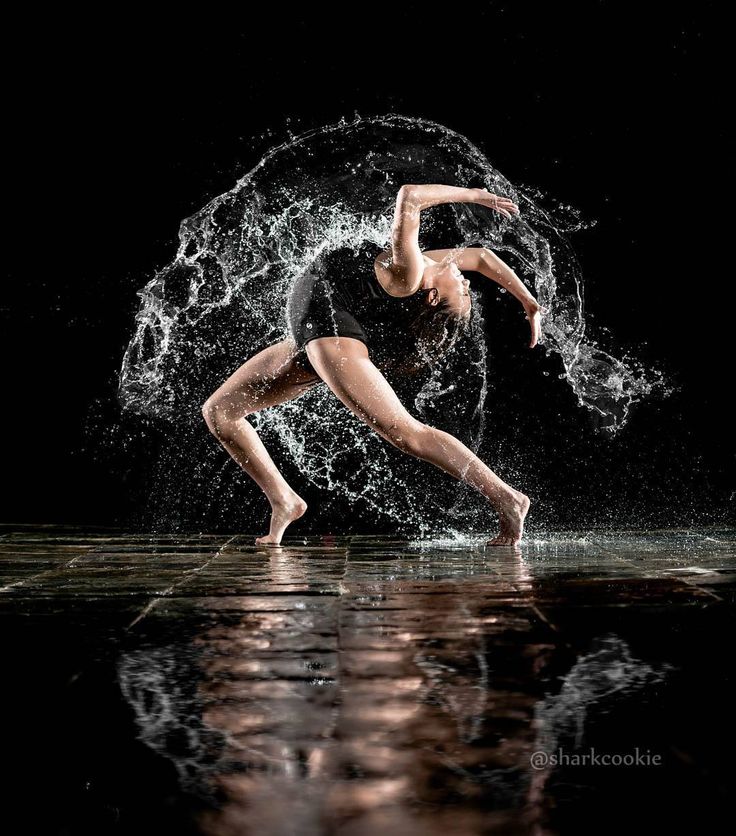
A year ago a lot of my images came out looking remarkably average. The main reason was the SHUTTER SPEED. It wasn’t fast enough to freeze everything but also wasn’t slow enough to create a nice motion blur.
So this leads me to my first point. There are 2 WAYS you can approach dance photography: freeze the movement or creatively blur it.
Use a faster shutter speed to freeze motion and slow to get a motion blur. (Learn from my mistakes, and go all in!) In a theory it’s simple: the faster the movement you’re photographing the faster shutter speed you’ll need to freeze it.
FREEZE MOTION
To get a crisp and super sharp dance image, alter your camera settings to at least 1/500s shutter speed. This shutter speed is great if you’re shooting fast movement such as jumping or running. When I’m shooting outside and there’s plenty of natural light this is my go-to setting to make sure everything is super sharp in my images, including flowing light-weight clothes.
Just for your reference, with a shutter speed of 1/2000s you can freeze any human movement. So, if it’s a clear bright day, your can go for it!
So, if it’s a clear bright day, your can go for it!
When you’re shooting INDOORS, however, or there’s simply not enough light available, you need to be more sensible with shutter speed. While having a fast shutter speed you wouldn’t want to sacrifice the quality of your images. With higher shutter speed you also need to boost your ISO, which leads to grainy images if you overdo it. So you need to make smart decisions.
For example if you’re photographing slow movement, such as swaying or walking: 1/250s or 1/320s will do the job. Make sure you keep your ISO low.
MOTION BLUR
For a creative MOTION BLUR in your dance images, set your shutter speed to 1/100s or slower. Again, it all depends on how fast your dancer is moving and how much or a blur trail you want.
You need to be very careful when holding your camera with your hands, unless your camera or lenses have built-in image stabilisation. Any camera shake might affect the final images. The best way to eliminate any camera shake is to mount your camera on a tripod/monopod and use a remote control to press the shutter.
PRO tip! Have a simple and clean background, so your images don’t get too busy. Have your dancer as focus of attention, let them stand out.
Another way to photograph dance with a sense of motion in the images, is to move along with the dancer. Pan your camera in the direction of the movement. This way the background will turn into a blur while the dancer is still in focus.
Left: Keena ChobbahRight: Fleur HallAPERTURE
If you’re just starting with action and dance photography, I would recommend to go for a higher F-stop to start with. It’s great because it lets you play safe with the focus (we will discuss how to focus on a moving object in a minute) and nail it every time.
I personally like going up with the aperture (F6.3 and higher) to get the whole scene very focused and sharp for some images. A great location for this would be a graffiti wall.
If you already feel confident focusing on a moving object, go ahead and dial the F-number lower (F2.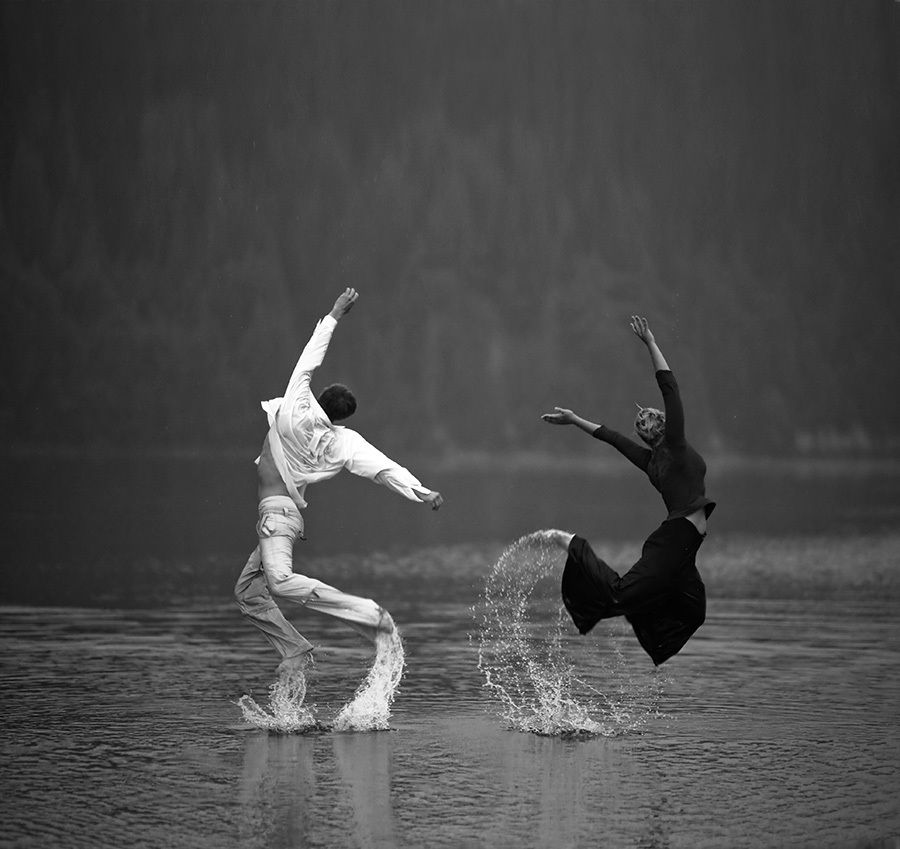 8- F1.2, depending on the lenses you have). Shallow aperture will separate your subject nicely from the background. The background will be blurry which will really make your subject stand out.
8- F1.2, depending on the lenses you have). Shallow aperture will separate your subject nicely from the background. The background will be blurry which will really make your subject stand out.
Manual focus is quite hard when photographing moving objects, go AUTO!
My favourite way to focus on movement is using manual selection of AF-zones on the back of the camera. I think about the composition before pressing the shutter. I select which the part of the screen where I want to place a dancer, then I press the shutter halfway to make sure the focus is where I want it to be (mostly a dancer’s face). Then I press the button all the way.
Another useful thing to consider when photographing dance is FOCUS MODES. There are 2 modes suitable for capturing movement: AI SERVO and AI FOCUS. AI SERVO is a focus mode specifically for moving objects. AI FOCUS is the most flexible mode: if a subject is moving it automatically switches from ONE-SHOT(still subject focus mode) to AI SERVO.
Finally, the most practical tip on how to photograph dance is shoot in CONTINUOUS mode (burst mode) instead of single shooting. Make sure the focus is right, and go ahead press the shutter and keep it held for a second or two. This will help you get a range of frames from a single movement. Get 5-10 images from a single jump instead of making your dancer jump 5 times for you to get just 5 shots. (Their knees will thank you)
This way if you shoot in continuous mode you can have a freedom to pick and choose when it comes to post production.
Are you not sure which camera lenses to choose for dance photography? Check out best lenses for dance photography!
This is all for this week’s blog. Please let me know if you have any questions regarding camera settings for dance photography in the comment section below. Keep your eyes peeled for more tips on dance photography in the next week’s posts!
If you want to learn more about dance photography, check out How To Photograph Dance section in my blog!
Dance photography - the nuances of shooting, the secrets of success, polishing skills
Dance photography is an expression of the beauty of movement and emotions. Dance can be a source of great shots, but it's no secret that photographing dancers is very difficult: framing, focusing and releasing the shutter at the right moment - absolutely everything must be done, and at the same time with the best exposure in the available light. For Bernie Ng, one of Singapore's most prolific dance photographers, shooting choreography includes not only capturing the action, but also the aesthetics and emotion that permeate the movement. She shares some tips for capturing dramatic shots of dancers.
Dance can be a source of great shots, but it's no secret that photographing dancers is very difficult: framing, focusing and releasing the shutter at the right moment - absolutely everything must be done, and at the same time with the best exposure in the available light. For Bernie Ng, one of Singapore's most prolific dance photographers, shooting choreography includes not only capturing the action, but also the aesthetics and emotion that permeate the movement. She shares some tips for capturing dramatic shots of dancers.
EOS 5D Mark III / EF24-70mm f / 2.8L II USM / Manual exposure (f / 2.8, 1/250 s) / ISO 2500 / WB: Auto. "Pure" by T.H.E Dance Company (2016) / Choreography: Kuik Swee Boon / Dancers: Anthea Seah & Wu Mi
- Exposure
Getting the exposure right is probably the most difficult aspect of dance photography . Since flash photography is generally not allowed indoors, you should do your best with the available lighting, which will vary from one show to the next.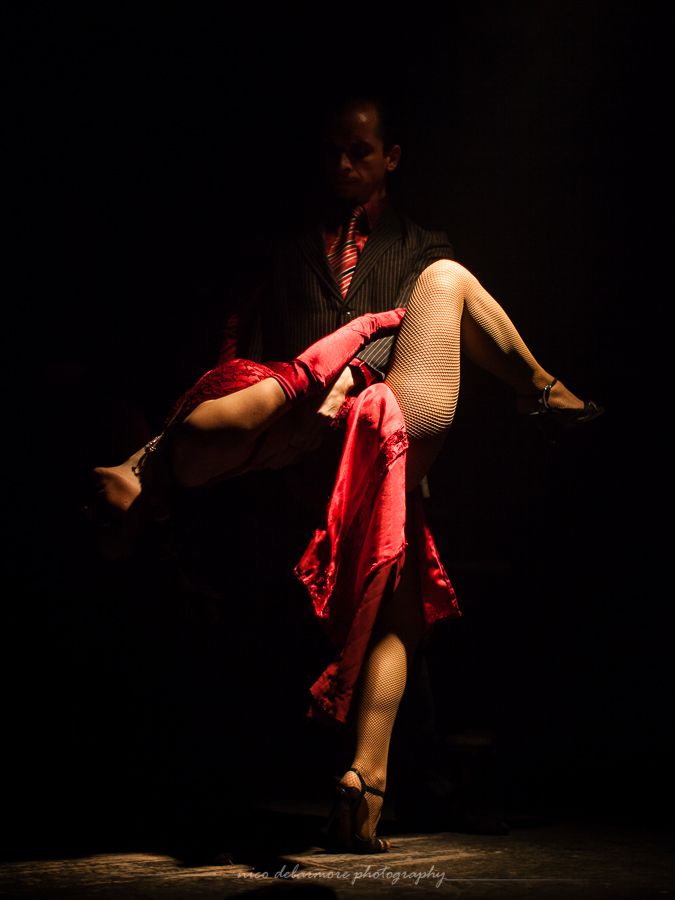
Use fast lenses
This will allow enough light to reach the camera sensor so you can keep the ISO sensitivity as low as possible to minimize visible noise. Ideally, your camera kit should include both a wide-angle lens for capturing the entire scene and a telephoto lens for close-ups.
Shoot in manual mode or use exposure compensation in Av or Tv mode
The action in the scene (and hence the shooting conditions) can change very quickly, so you'll need to keep control of your exposure settings. Bernie prefers to shoot in manual mode to fine-tune the camera. But if you choose to use semi-auto, she advises using compensation to get the right exposure.
For beginners, aperture-priority (Av) mode will probably be easier to use: you just need to set the maximum aperture and the camera will give you the fastest possible exposure without underexposure. Shutter priority mode (Tv) gives you control over shutter speed, but it can be a little more difficult for an inexperienced photographer to get an adequate exposure.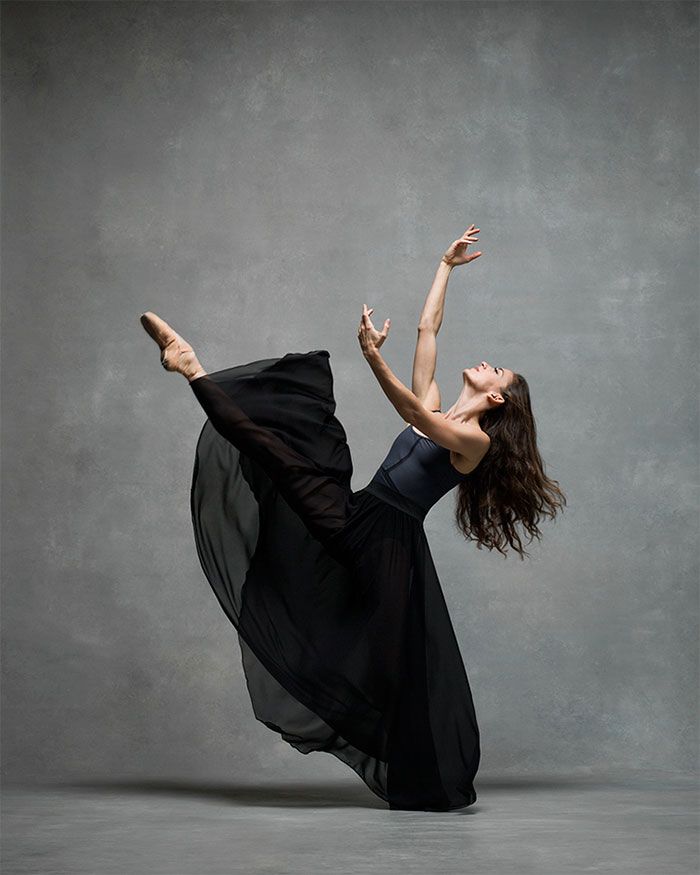
Shutter speed. Know what you need
Consider factors such as dance style, choreography, and the type of shoot you want. Bernie's shutter speed is 1/250 second, which she adjusts as needed. For example, she may decide to use a slow shutter if she feels it is necessary for the image.
EOS 5D Mark III / EF24-105mm f / 4L IS USM / Manual exposure (f / 4.0, 1/13 s) / ISO 800 / WB: Auto. "Giving" by Frontier Danceland (2015) / Choreography: Adrian Skjoldborg
Using a slow shutter speed can add momentum to a photo and bring the whole composition to life. In the shot above, you can see that the photographer chose to use a slow shutter speed to create some motion blur while keeping the dancer in focus. This filled in the empty spaces and added movement to the image.
Pro Tip: If you have access to a stage crew and lighting designer... about the upcoming show. Bernie usually asks what the lighting will be like.
Creative ideas: stroboscopic lighting can be a great opportunity!
EOS 5D Mark III / EF70-200mm f/4L IS USM / Manual exposure (f/4, 1.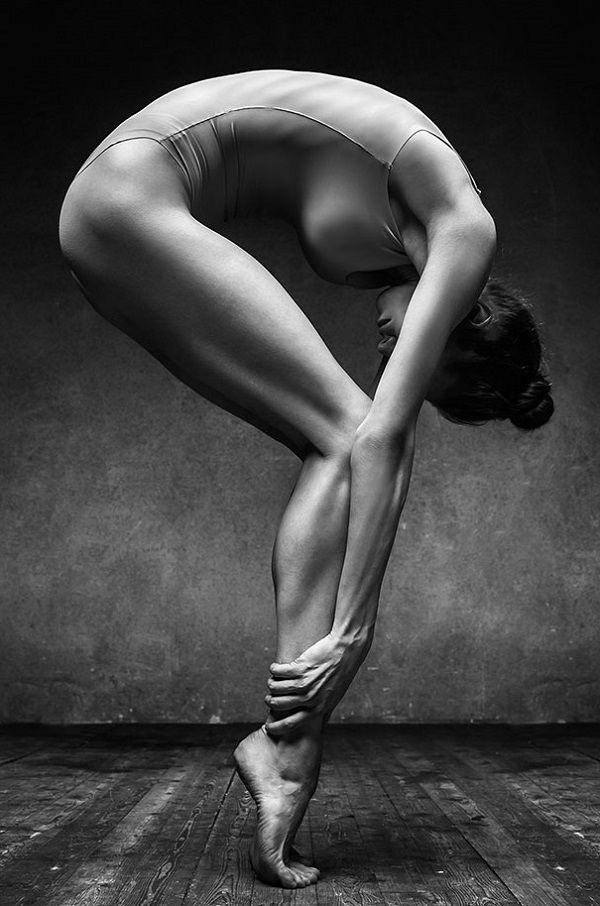 3s) / ISO 320 / WB: Auto. "Planet Romeo" / Presented at DiverCity as part of the M1 Contact Contemporary Dance Festival (2015) / Choreographer and Dancer: Daniel Kok
3s) / ISO 320 / WB: Auto. "Planet Romeo" / Presented at DiverCity as part of the M1 Contact Contemporary Dance Festival (2015) / Choreographer and Dancer: Daniel Kok
Some shows use stroboscopic lighting, which can cause you to miss many moments if you're not ready. However, if you prepare and react quickly enough, this can be an opportunity to get creative. For the shot you see above, Bernie made a quick decision to slow down the shutter and get a strobe effect.
- Dance is more than just action
EOS 5D Mark III / EF24-105mm f / 4L IS USM / Manual exposure (f / 4, 1/400 sec) / ISO 12800 / WB: Auto. "The Ordinary Man" by T.H.E Dance Company (2014) presented by Huayi - China Arts Festival, Esplanade - Theaters in the Bay / Choreography: Wu Yi-San & Kuik Swee Boon
Many people think of pictures as a must in a jump at the mention of dance photography, but calm moments can be no less dramatic.
Your photography will definitely be influenced by:
- beautiful lines and correct poses
Find out which ones work well and which don't.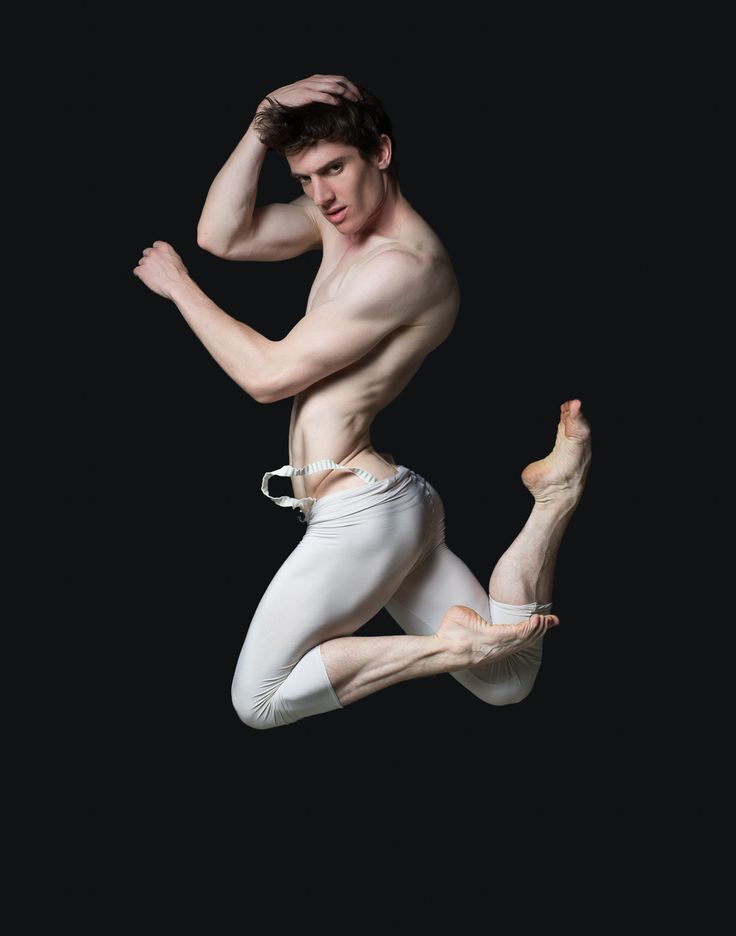 They can be different for different dance genres. However, you don't have to have a dance background to take decent shots - basically it all comes down to a well-developed sense of aesthetics. Make the dancers look good in the frame.
They can be different for different dance genres. However, you don't have to have a dance background to take decent shots - basically it all comes down to a well-developed sense of aesthetics. Make the dancers look good in the frame.
- dancers' faces
A big part of dance is conveying thoughts and feelings to the audience, so Bernie tries to capture the emotions and facial expressions of the performers. This is exactly the moment when it is useful to know what the choreography really is before you shoot! The intriguing facial expressions of the dancers above reflect the comedic nature of the choreography. Take those shots where the dancers blink or their eyes are empty and unfocused (unless it's part of the choreography) and mercilessly throw them in the trash.
Pro Tip: Be sensitive to the shots you take
Remember that your camera can capture things that the human eye cannot see: pressing the shutter button will inevitably take pictures that may not be the most flattering for dancers.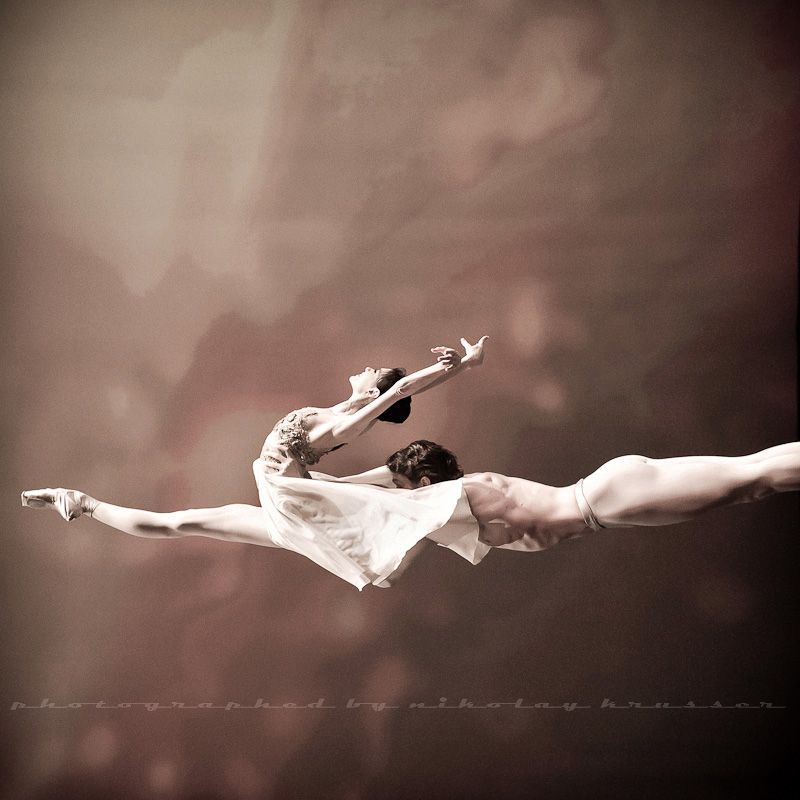 Be very careful and careful when choosing the final set of shots (if you are an invited photographer and completed an order). Get permission from a particular dancer or company if needed, especially if you share images on social media, a website, or wherever.
Be very careful and careful when choosing the final set of shots (if you are an invited photographer and completed an order). Get permission from a particular dancer or company if needed, especially if you share images on social media, a website, or wherever.
Dance photos don't have to include the entire body of the dancer!
EOS 5D Mark III / EF24-70mm f/2.8L II USM / Manual exposure (f/2.8, 1/100s) / ISO 400 / WB: Auto. Pallavi in Time by Chowk Productions (2017) / Choreography: Raka Maitra
Close-ups of the dancers' faces or other details of the mise-en-scene can also create memorable shots.
"The legs were very important to this choreography," Bernie recalls of the picture above. She wanted to get closer to the ankle bracelets of the dancers. The photo turned out to be successful also because the lighting was also focused on the legs.
Bonus: if you really want to capture the jump…
EOS 5D Mark III / EF24-105mm f / 4L IS USM / Manual exposure (f / 4, 1/250 sec) / ISO 5000 / WB : Auto.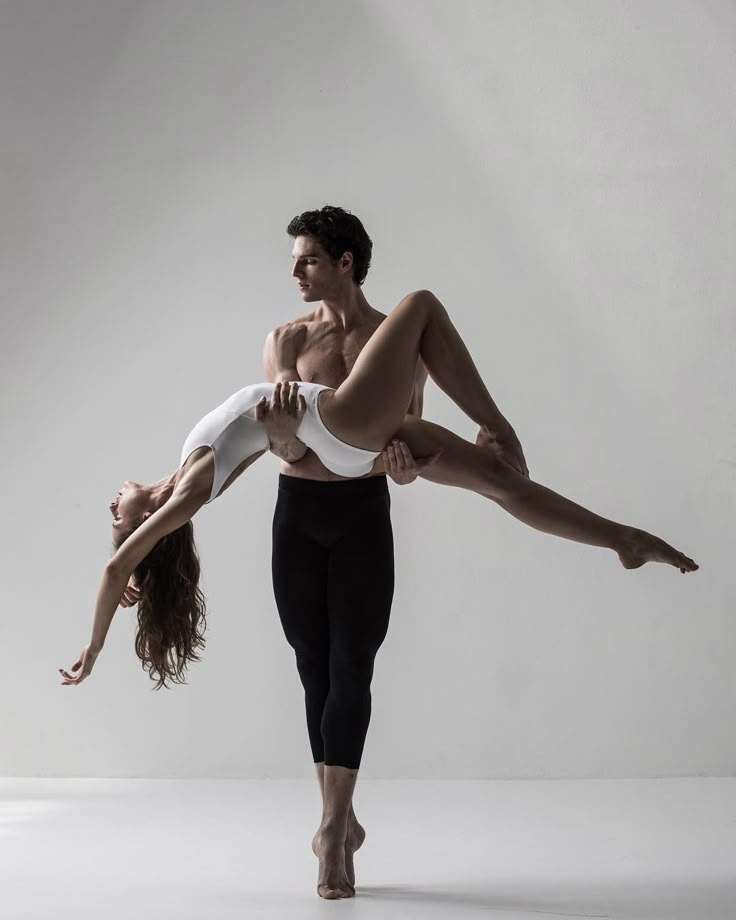 "Schubert Symphony" Singapore Dance Theater (2016) / Choreography: Chu-San-Go
"Schubert Symphony" Singapore Dance Theater (2016) / Choreography: Chu-San-Go
The most important thing in pictures of dancers in a jump is the exact time: "If you see a jump, you are already too late." To get the timing right, the photographer advises not to rely too much on continuous shooting. Instead, learn when to press the shutter button. Sometimes you can tell from the music at what point the dancers are getting ready to jump. It will probably take a lot of trial and error, but it will only improve your photography skills.
Other noteworthy parts
- You will need to react very quickly.
As mentioned above, things obviously move quickly on stage and you have to anticipate the moments and react almost instinctively to get the shots you want. What will help?
- - The presence of a fast and "responsive" camera.
- - Good knowledge of the functions of your camera and its configuration at the level of intuition.
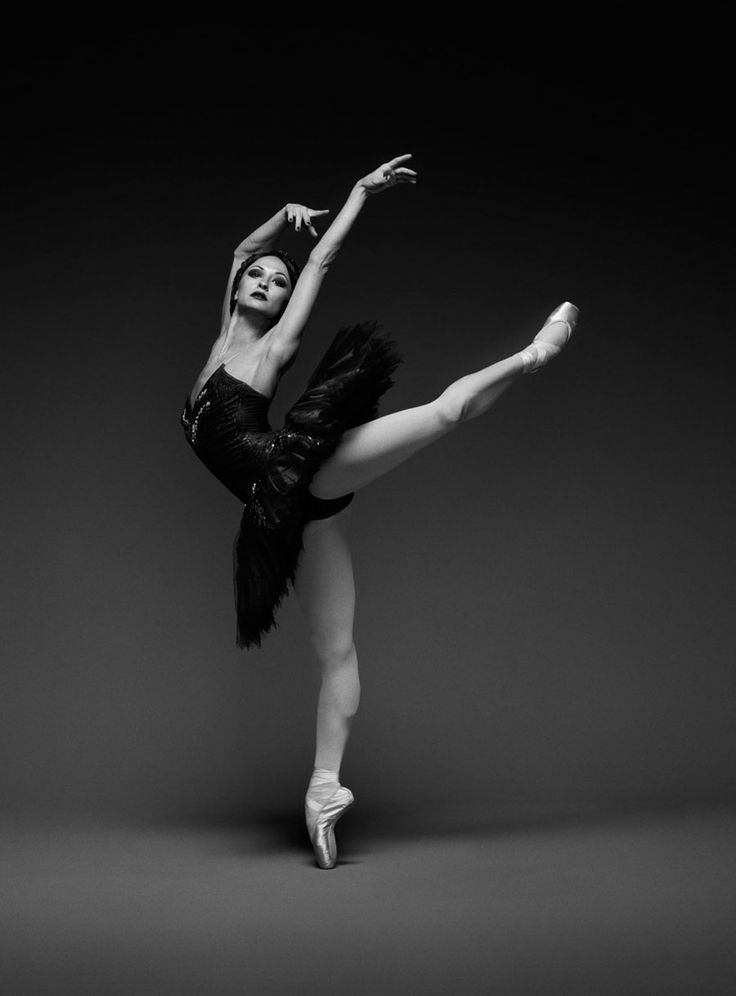 Customize your own shortcut buttons.
Customize your own shortcut buttons. - - If you focus with the back button. This makes shooting more efficient because you don't have to refocus every time you press the shutter button.
- - A lot of practice helps you think faster.
- - If you watch a lot of dancing, even outside of filming. This will help you familiarize yourself with the timing of the shutter release and aesthetics. In addition, it is easier to evaluate the dance when you see it with your own eyes, and not through the lens!
- Respect who is on stage and respect the audience.
It's easy to get carried away here, but be aware of both the audience and the dancers on stage.
YES!
- - Take pictures only when allowed.
- - Turn off red light autofocus.
- - Turn off your flash.
NOT…
- - Get too close to the dancers. This can be quite distracting if you (or your huge telephoto lens) intrude into their space, especially since they will have heightened spatial awareness as they dance.
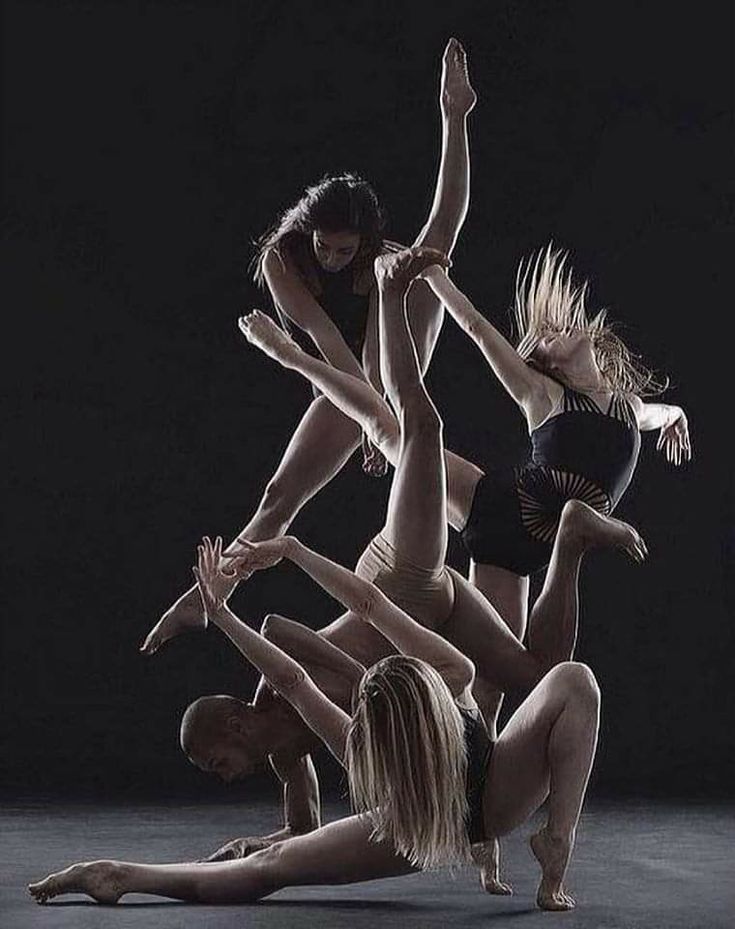
- - Make it difficult for the audience to see.
- Last but not least, respect the dancers.
The dancers work very hard to perfect their art, and without them you wouldn't have your photos.
- - Think about how they would like to look in the frame. Show them in the best light, and make their efforts worthwhile.
- - Never forget to credit the dancers and choreographers on your photos when you post them on your social media profile.
- - Create your connection to your object. Watch more dances or even take choreography classes! Your increasing appreciation of your subject may be reflected in the pictures you take.
The career of dancers is short. Your photographs of performing on stage in the dance element may be the only record of these precious moments, so try to take pictures that will bring joy to people and bring back fond memories.
How to photograph a dance? 5 tips for shooting dance
Rehearsal bases, dance halls, recording studios
in Moscow
How to photograph a dance? 5 Tips for Shooting a Dance
How to photograph a dance? Taking a photo of a dancing person or couple is not so easy, the frame should turn out not only beautiful, but also alive.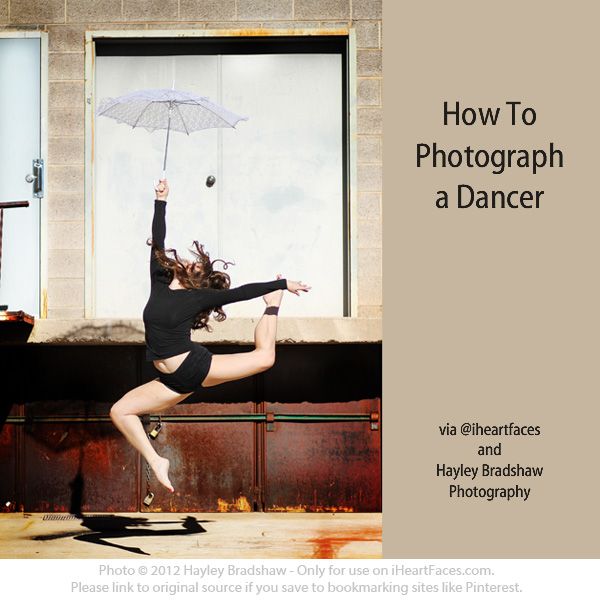 To get a good photo, regardless of whether it will be taken in the hall , rented by or on stage, it is recommended to follow 5 basic rules.
To get a good photo, regardless of whether it will be taken in the hall , rented by or on stage, it is recommended to follow 5 basic rules.
5 simple tips on how to photograph dancing
1. Counting
For an average person who is far from the world of dance, counting "five, six, seven, eight" is usually unfamiliar. The thing is that music is divided into many squares, each of which includes 8 accounts. Thus, the photographer, counting from 1 to 8 to himself, will be able to synchronize with the playing music, which means he will better feel all the dance moves. If you have to make a photo essay or a photo report about the event, then you just need a dance score. And if you have 9 to shoot0008 rent hall , then you will be able to agree with the dancer on what account he will make the necessary movement.
2. Fast shutter speed
Shutter speed can be called almost the main characteristic in this type of shooting.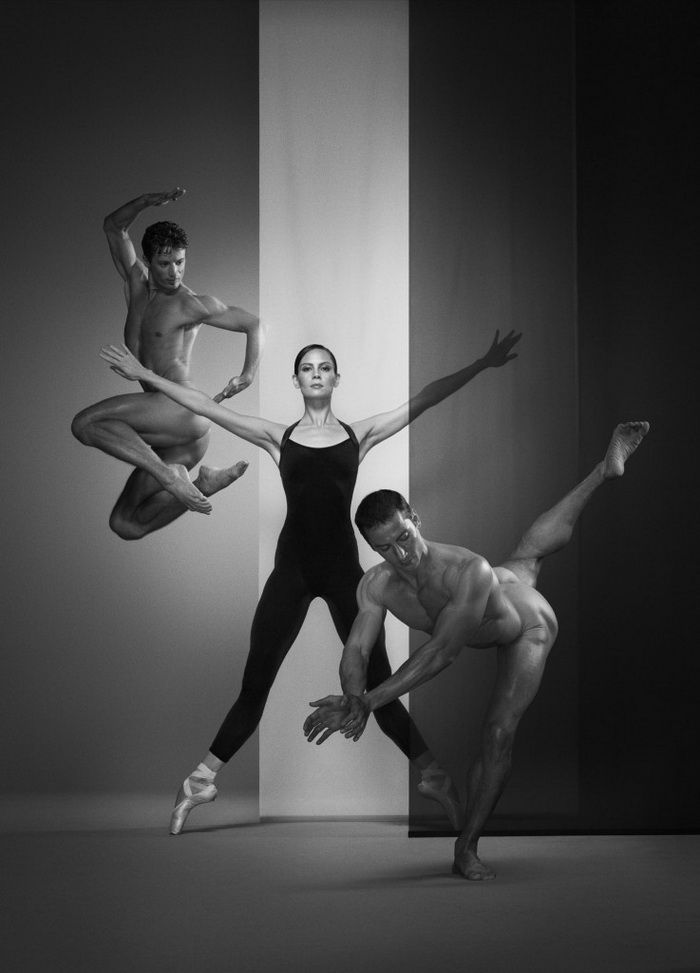 All parts of the dancer's body should turn out to be unlubricated, clear. When using a shutter speed of 1/50, gestures and movements will be blurry. Therefore, it is better if the shutter speed is at least 1/600, and if the light allows it, then 1/2000. The faster the selected shutter speed, the clearer and more detailed the photo will be.
All parts of the dancer's body should turn out to be unlubricated, clear. When using a shutter speed of 1/50, gestures and movements will be blurry. Therefore, it is better if the shutter speed is at least 1/600, and if the light allows it, then 1/2000. The faster the selected shutter speed, the clearer and more detailed the photo will be.
3. ISO
When you are indoors ( halls in rent does not count), you do not have the ability to somehow adjust the lighting. So, if it is not enough, then you need to increase the sensitivity, keeping it in the range from 400 to 1200 ISO. If the picture turns out to be “noisy”, then it can be made black and white.
4. Readiness
Of course, every photographer should have several winning ideas for a photo shoot in their arsenal, and renting hall will help in their implementation.
